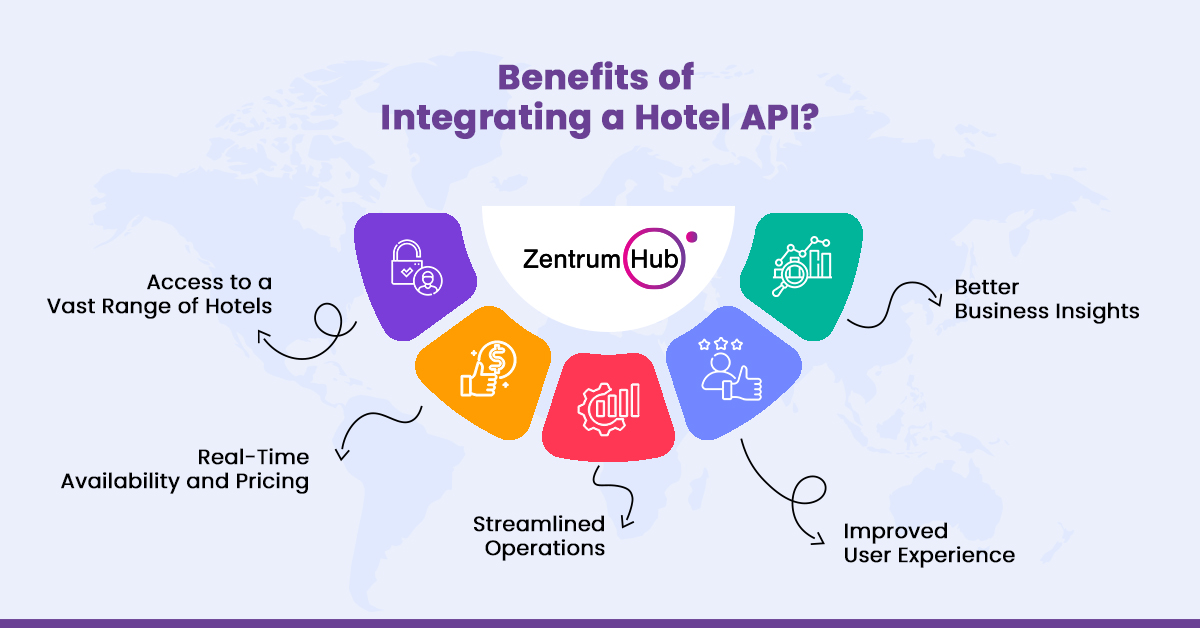Everything You Need to Know About ITB Asia 2024
Everything You Need to Know About ITB Asia 2024 ITB Asia is a premier B2B travel trade show held annually in Singapore, bringing together global leaders in travel, tourism, and hospitality. Launched in 2008 by Messe Berlin, it has grown into a hub for business networking, showcasing the latest trends, and fostering partnerships. Attendees include […]
Hotel API Integration: Costs, Benefits, Technical Requirements

Complete Guide to Hotel API Integration: Costs, Benefits, Technical Requirements, and Best Practices Online Travel Agencies (OTAs) face several challenges in a competitive market. Price competition pressures OTAs to offer low prices, reducing profit margins. Managing real-time inventory, high customer acquisition costs, and ensuring secure payments add further complexity. Retaining customers is difficult due to […]




